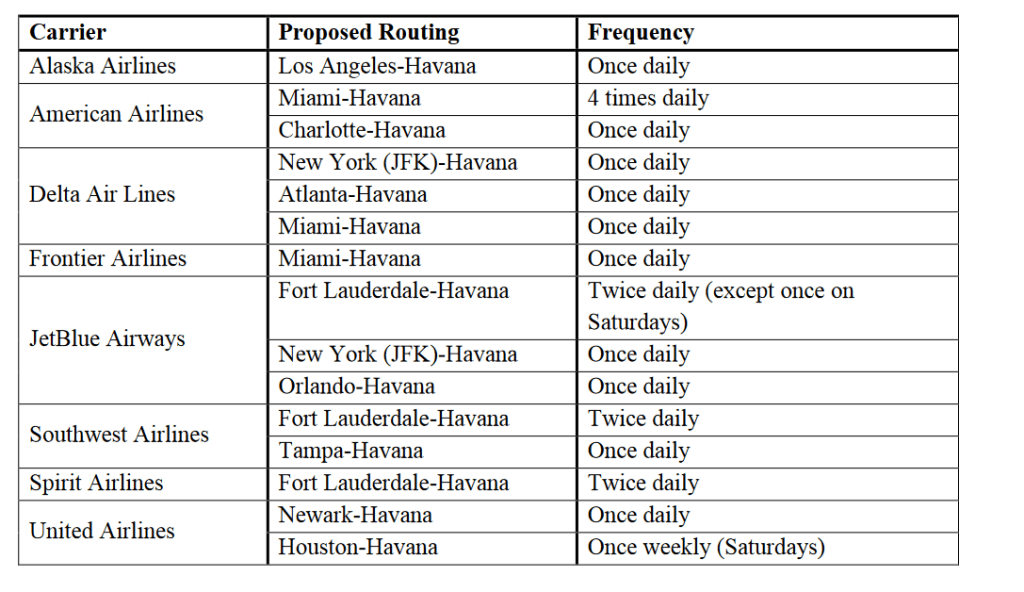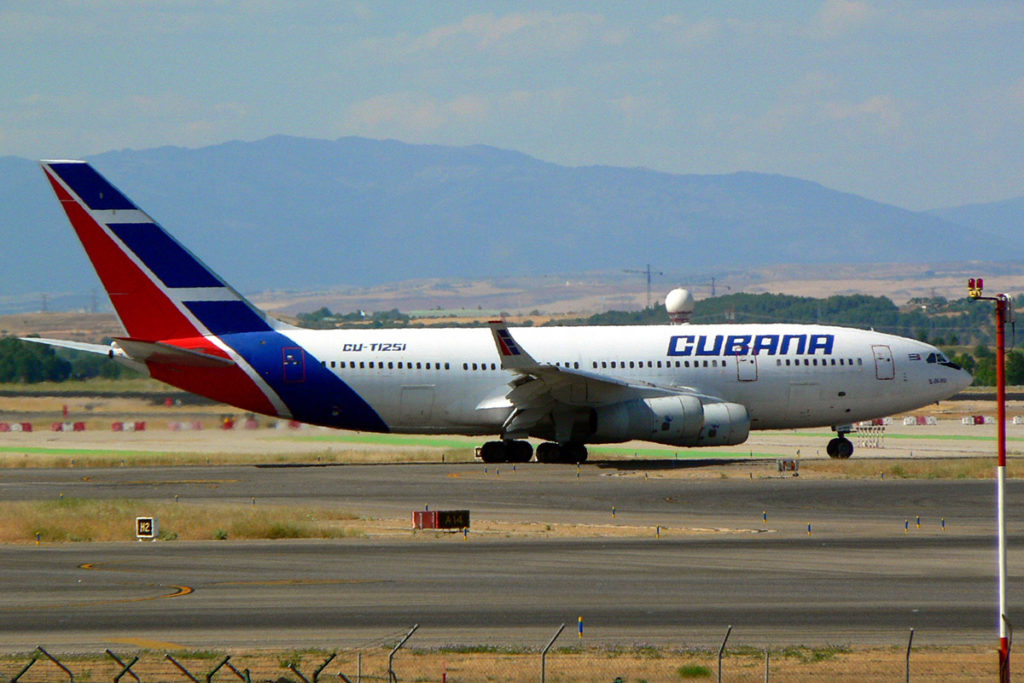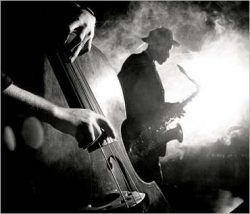Afro-Cuban culture, Blog, Cuba, Cuban Jazz, Latin Jazz, Video and audio
Everywhere on earth music flows from the human voice and the drum.
In Cuba, with its long and direct connections to Central Africa’s incomparable polyrhythmic virtuosity, the drums take on an especially prominent role.
The bass, the piano, even the horns have at their aesthetic root the sophisticated sounds and rhythms produced by Cuba’s percussionists.
Contrast this with northern music (Europe and North America), where drummers, percussionists, and even the issue of rhythm itself tends to be shunted to the back of the bandstand.
As a result of this hierarchical skewing, the details of drumming appear far off the radar for the person trained with a northern ear, if in fact they make it onto the radar screen at all.
Your appreciation, understanding and enjoyment of Cuban music will grow massively as you learn what the congueros (conga players) are doing and how they produce their magical sounds.
In this video two masters talk shop.
Dig in.
If you love music, I can guarantee that watching and re-watching this video will change your ear for the better and produce a lifetime of enjoyment that will surprise and delight you.
Note: The conversation is in Spanish. Reading the well produced subtitles makes for an excellent and enjoyable Spanish lesson.
Background
This masterpiece of educational video, “Evolution of the Tumbadoras”, was produced in 1996 in New York City by a company called DCI Music Videos.
The two percussionists are Changuito (José Luis Quintana) and Giovanni Hidalgo.
Changuito was born on January 18, 1948 in the Casablanca district of Havana.
By 8 he was already playing professionally at the legendary Tropical with his musician father in the thriving Cuban music scene of the 1950s.
In 1970, he joined the Cuban super group Los Van Van. Among many other accomplishments (including three Grammys) he’s known for popularizing the “songo” genre, the forerunner of the “timba” form.
Grammy award winning Giovanni Hidalgo was born on November 22, 1963 in San Juan Puerto Rico to a musical family. His father José Manuel Hidalgo “Mañengue” was also a renowned conga player.
In 1981 he traveled to Cuba as a member the Batacumbele Band where he met Changuito and 15 years later the fruit of that relationship was captured by this video.
MORE: Highlights reel – Just instruction, no conversation
Tata Guines gives a lesson
– Ken McCarthy
Jazz on the Tube
P.S. Our unique programming is made possible by help from people like you. Learn how you can contribute to our efforts here: Support Jazz on the Tube
Thanks.
Afro-Cuban culture, Blog, Cuba, Cuban Jazz, Latin Jazz, The Cuba-US connection, Video and audio
From the point of view of record sales “Manteca”, composed in collaboration with Cuban percussionist and composer Chano Pozo (1915-1948), was Dizzy Gillespie’s greatest hit.
Though it was not the first fusion of jazz and Cuban music, it was the first to have a nationwide impact on US jazz musicians and it opened the floodgates to all sorts of jazz/latin collaborations and experimentation that are continuing to this day
Click here to learn more about Chano Pozo.
– Ken McCarthy
Jazz on the Tube
P.S. Our unique programming is made possible by help from people like you. Learn how you can contribute to our efforts here: Support Jazz on the Tube
Thanks.
Blog, Cuba, Travel to Cuba

The date is July 7, 2016.
History is being made.
For the first time in decades. the US Department of Transportation is permitting direct consumer flights to Havana.
The government of Cuba has not yet given the approvals on its end and the start dates are not even on the drawing board yet, but this is a very important step for making Cuba easily accessible to music lovers.
– Ken McCarthy
Jazz on the Tube
P.S. Our unique programming is made possible by help from people like you. Learn how you can contribute to our efforts here: Support Jazz on the Tube
Thanks.
Afro-Cuban culture, Blog, Cuba, The Cuba-US connection, Video and audio
Robert Farris Thompson: Doctor of Soul
Robert Farris Thompson likes to call himself a “mambologist.”
This may be too technical a term for the layman, so let me suggest another title for him: Doctor of Soul.
Doctor because anyone with a PhD has the right to call himself that.
Doctor because the word comes from the Latin word “to teach” and Thompson is nothing if not a master teacher.
Doctor also means someone involved in the process of healing and it’s this third meaning, I want to focus on.
When Thompson came into the world in the Anglo community of El Paso, Texas of 1932, the idea of studying African culture and its popular manifestations in the Americas with respect did not exist in academia or in the dominant culture at large.
His career has been a decades long process of healing this cruel ignorance.
Thompson’s story…
Living so close to the border of Mexico, even as a child he appreciated the profound difference crossing a border can make.
Then at 18 on a trip to Mexico City with his family lightening stuck: He heard a Cuban band playing mambo.
Mambo is a music. Mambo is also an approach to life.
Digging deeply into this philosophy has been the focus of Thompson’s life and his path breaking studies have literally changed the world.
Now people who care to be educated can see that Africa is not “a primitive place over there”, but the fountain of a deep aesthetic and ethical culture that is at the root of much of what is best about the Americas.
That Thompson managed to start his monumental work inside of a university in the 1950s is a demonstration of mambo itself. No career or course of study could have been more far-fetched in those narrow minded, culturally ignorant times.
If you’re at all interested in black culture and black culture in the Americas. I urge you to watch all the videos.
All I can add is that it’s a shame that so few of his “performances” (they go far beyond lectures) have been recorded and made available to the public.
They’re among the greatest intellectual and cultural gems produced anywhere by anyone in the last 50 years.
“We can’t know how American we are unless we know how black we are.” – Robert Farris Thompson
Interview with Robert Farris Thompson
Robert Farris Thompson on Jose Bedia
The Afro-Argentine Legacy of Tango
In addition, to the videos on this page – every single one of them is a revelation and must-watching for anyone who loves music and black culture – this short article is a good introduction to him.
– Ken McCarthy
Jazz on the Tube
P.S. Our unique programming is made possible by help from people like you. Learn how you can contribute to our efforts here: Support Jazz on the Tube
Thanks.
Afro-Cuban culture, Blog, Cuba, Cuban Jazz, Latin Jazz, The Cuba-US connection, Video and audio
Cándido de Guerra Camero (“Candido”) was born April 22, 1921 in Cuba.
At the time of this writing (June 22, 2016) you can still see him perform.
If you get the chance, do not miss it.
At 95, he needs a little help to get to his seat and drums, but from the first slap the power resonates from him and fills the room.
In the 1940s like so many Cuban music masters he moved to New York City where he has had an incalculable influence on the world of percussion and in fact is the most recorded conga drummer in the history of jazz.
Candido shows his prowess on the bass and the cowbell. No one sets a better groove!
Candido swings with some young cats…
The band is Unity. Recorded by Congahead .
Candido Camero-conga
Axel Laugart-keyboard
Amaury Acosta-drums
Max Cudworth-alto sax
Mike Rodriguez-trumpet
Chris Smith-bass
Michael Valeanu-guitar
Mauricio Herrera-percussion
Composed by- Candido Camero
Arranged by Amaury Acosta/Mike Rodriguez
– Ken McCarthy
Jazz on the Tube
P.S. Our unique programming is made possible by help from people like you. Learn how you can contribute to our efforts here: Support Jazz on the Tube
Thanks.
Blog, Cuba, Travel to Cuba

It’s kind of hard to get somewhere where there are no scheduled flights.
Charter flights to Cuba have existed for a while, but as anyone who has used them knows, the process is kind of a pain and expensive ($500 for the hour long flight from Miami.)
Now six US airlines have been approved by the Department of Transportation for up to 155 round trip flights per week. They’ll fly from five U.S. cities to nine cities in Cuba other than Havana.
The airlines are: American, Frontier, JetBlue, Silver Airways, Southwest and Sun Country.
US airports involved: Miami, Chicago, Philadelphia, Minneapolis and Fort Lauderdale, Florida.
Cuban airports involved: Camaguey, Cayo Coco, Cayo Largo, Cienfuegos, Holguin, Manzanillo, Matanzas, Santa Clara and Santiago de Cuba.
(The richest prize – routes to Havana – is expected to be announced this later summer.)
Service may start as early as this fall and early winter, just in time for winter tourist season.
The Cuban government still has to sign off on the details of the plan, but the general principle of direct flights from the US has already been agreed to by the two governments.
Cuba here we come!
If you’re interested in Cuba and music and jazz in Cuba make sure you sign up for Ken’s low volume Cuba list. Use this link or the box below: KensCubaList.com
– Ken McCarthy
Jazz on the Tube
P.S. Our unique programming is made possible by help from people like you. Learn how you can contribute to our efforts here: Support Jazz on the Tube
Thanks.




